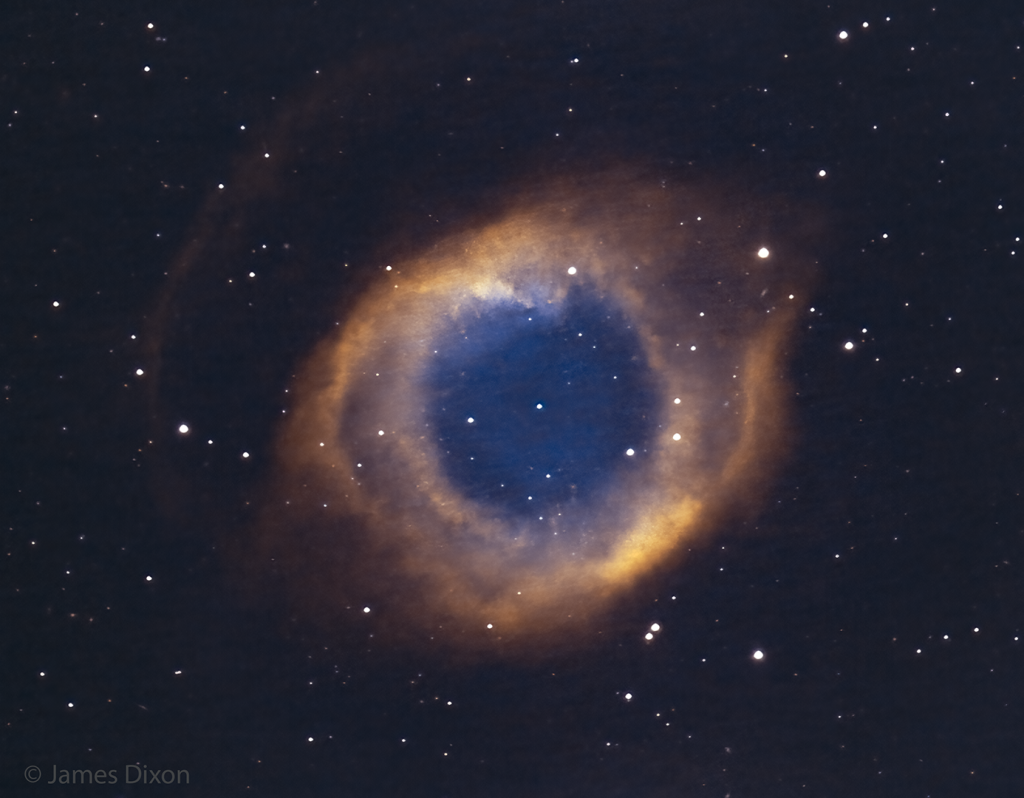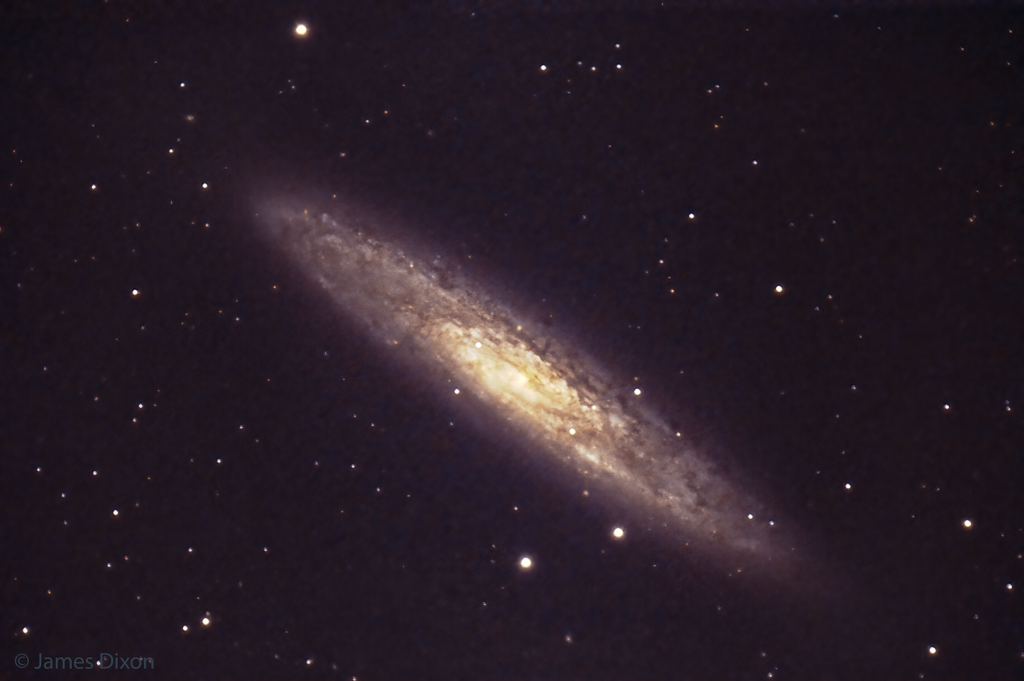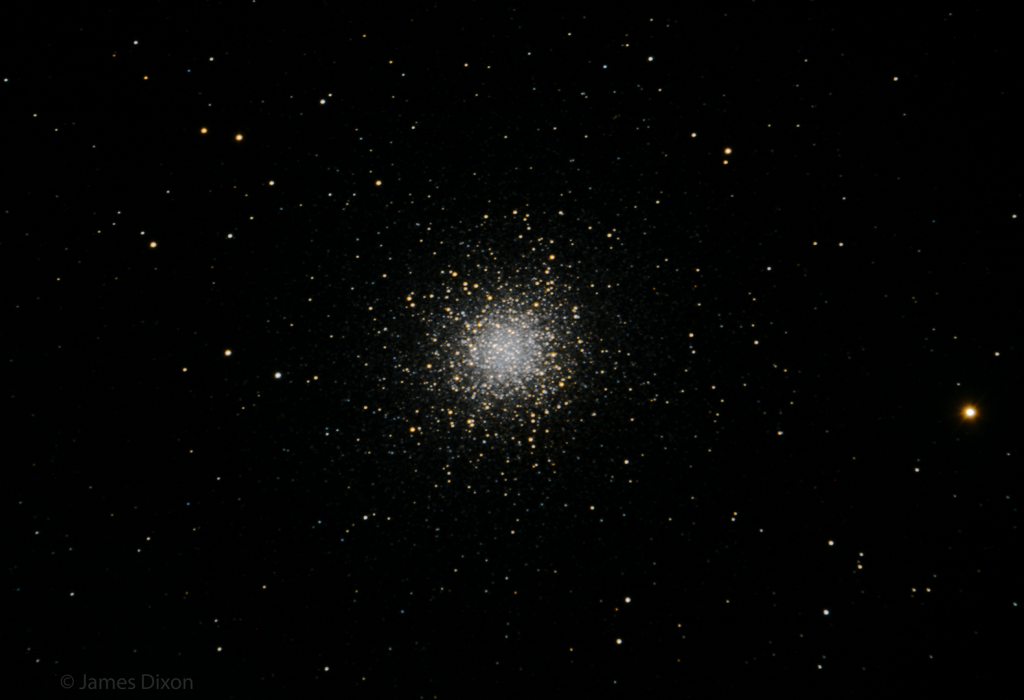Last night was a good night at the River Ridge Observatory. Good and wet but still good. My folding table was damp from pending dew before I even turned on the telescope. I was set up to shoot f/6.3 with my focal reducer and light pollution filter and that is what I stuck with. I had four targets for the night, if I stayed that long, the Iris Nebula, the Helix Nebula, the Sculptor Galaxy, and the Horsehead Nebula, each with about two hours allocated to them. I’ve shot all of these before, three last year with my Hyperstar but none with my Starizona SCT Corrector IV.
The Iris was first up. I framed it and let it go, checking periodically. I moved some furniture at that observatory, helped some new members, they know who they are. After two hours, I realized that my corrector plate had dewed over despite the dew shield and dew heater and I lost a third of the images.
One hair dryer session later and cranking the dew heater up to the max and I was ready for the next object – the Helix Nebula. Dew was no longer a problem and that run completed without incident.
Next up was the Sculptor Galaxy which I has imaged once, maybe 15 years ago. By this time it was about 1:30. I started that up, made sure all was good and took off for another REM cycle of sleep. Sometime while I was gone it lost the guide star. At 3:30, I decide to forgo the Horsehead and do Sculptor again. When I came back out at 5:15, I found myself in a very heavy fog and everything was a wet mess except that corrector plate was dry as a bone.
So I put everything away, left the RRO by 5:45 and got home just in time to start my next day.
These are not great pictures but they are mine and will do until I can redo them.




